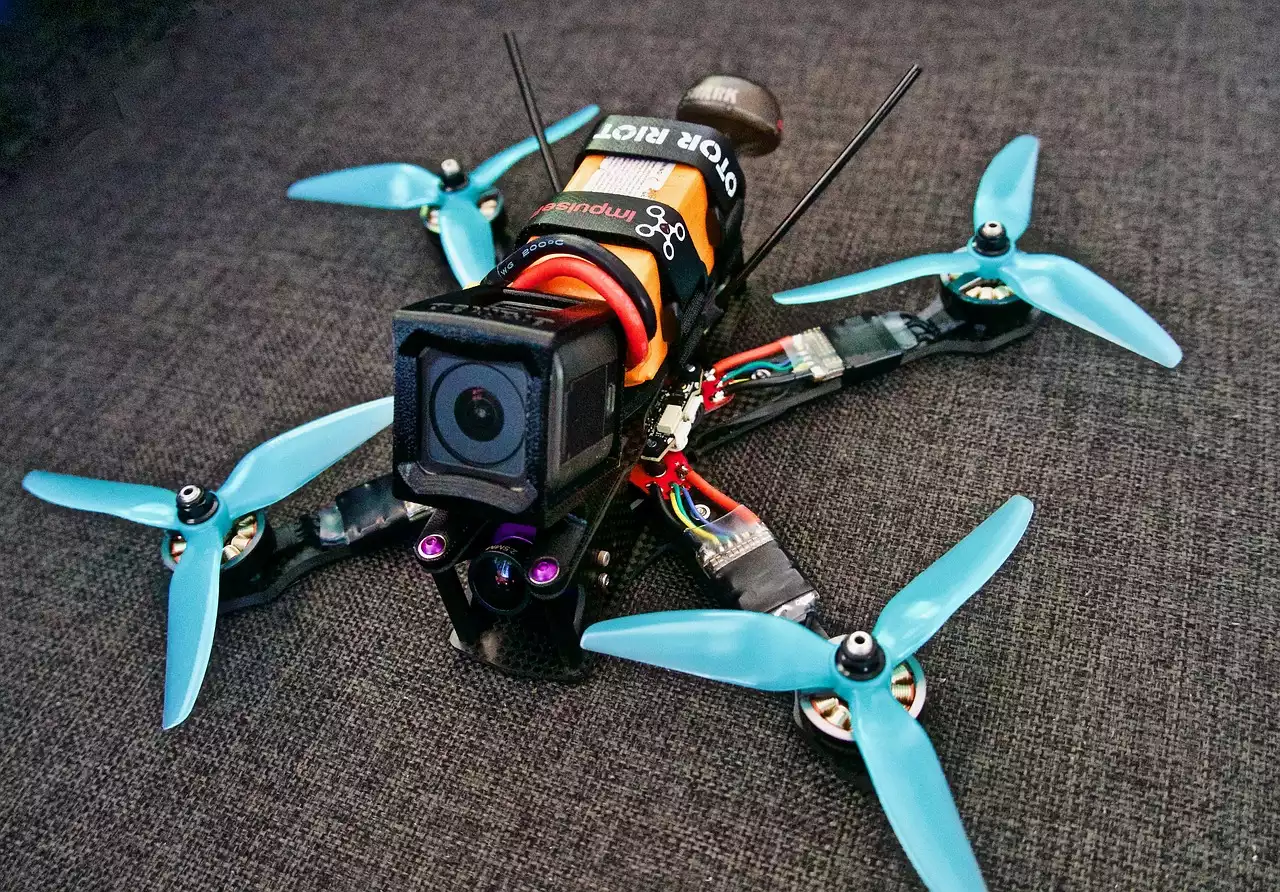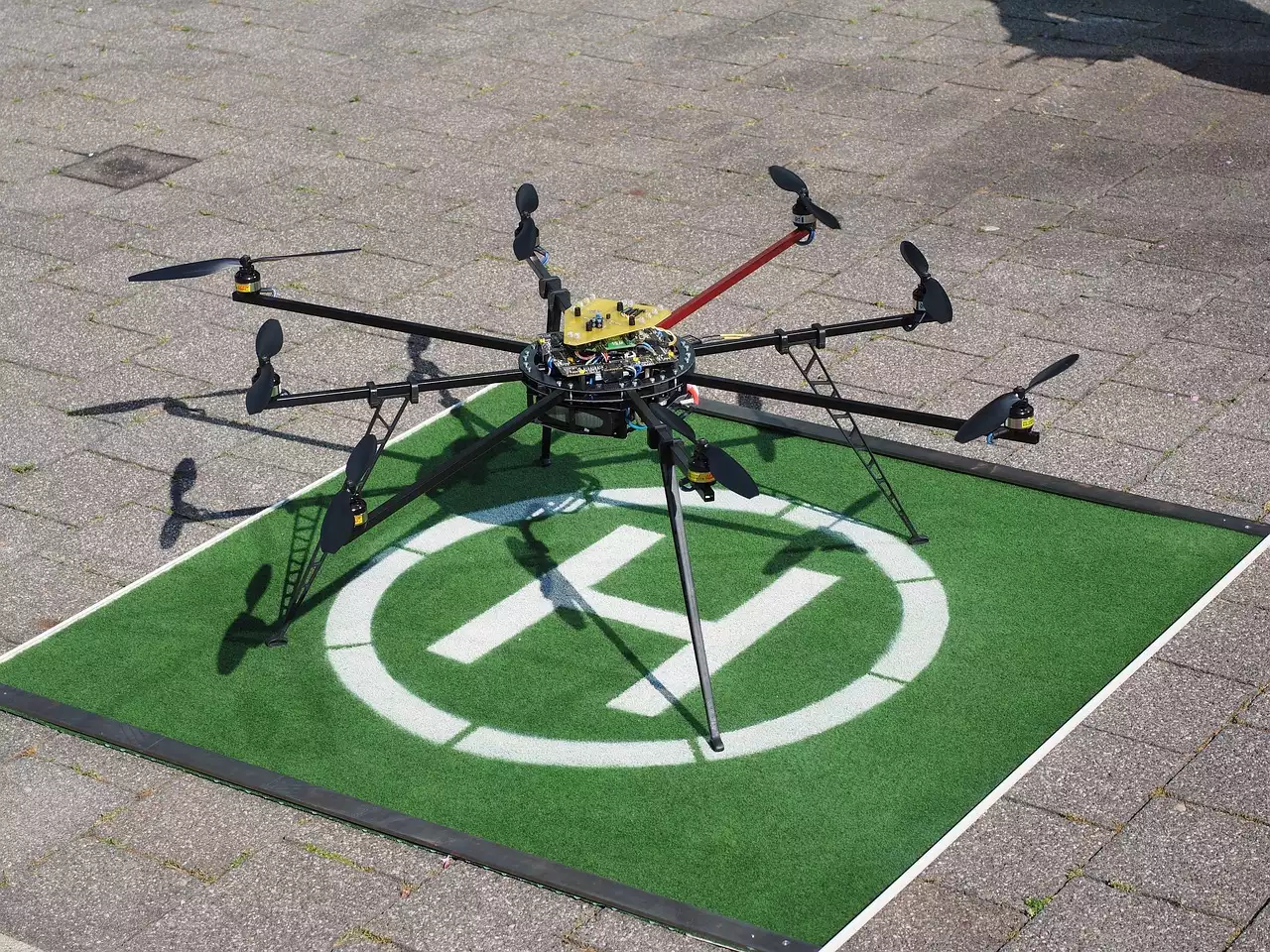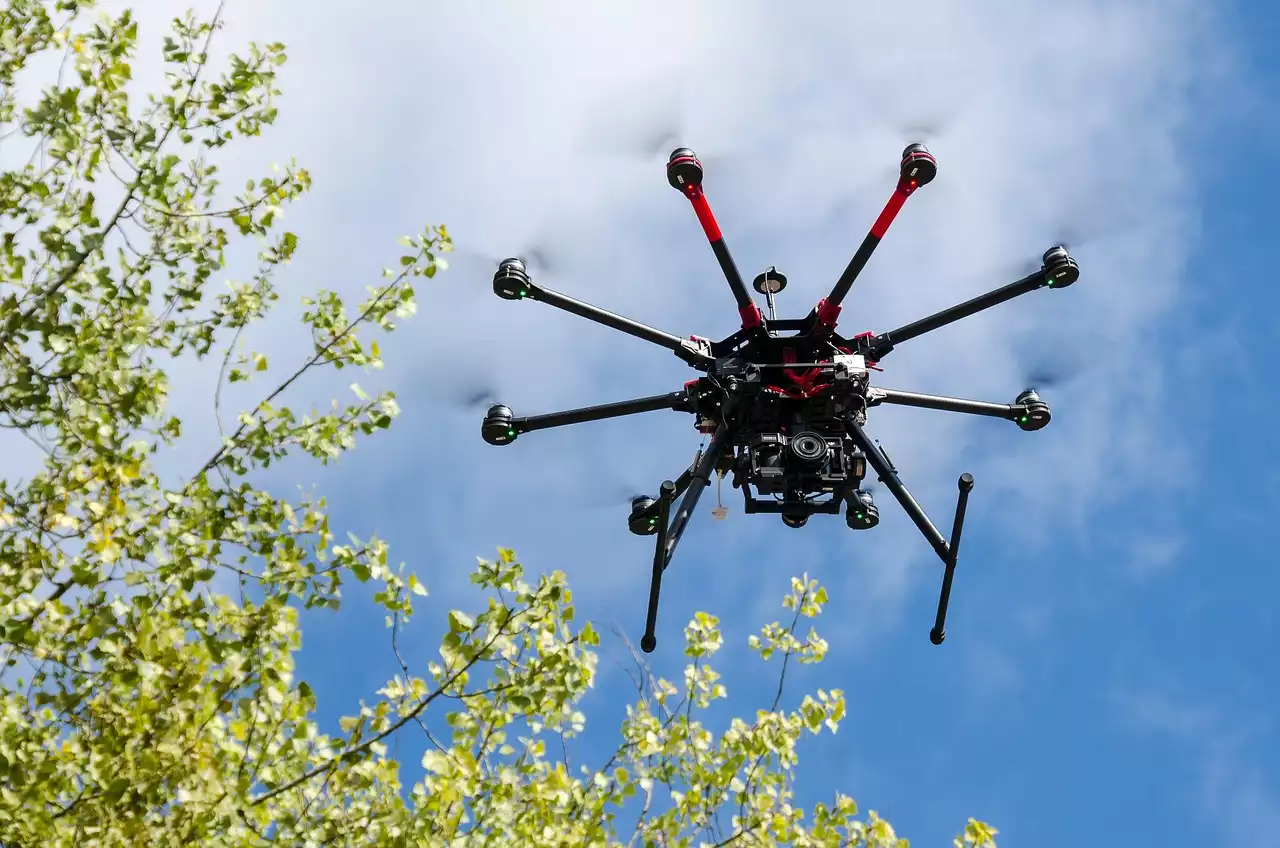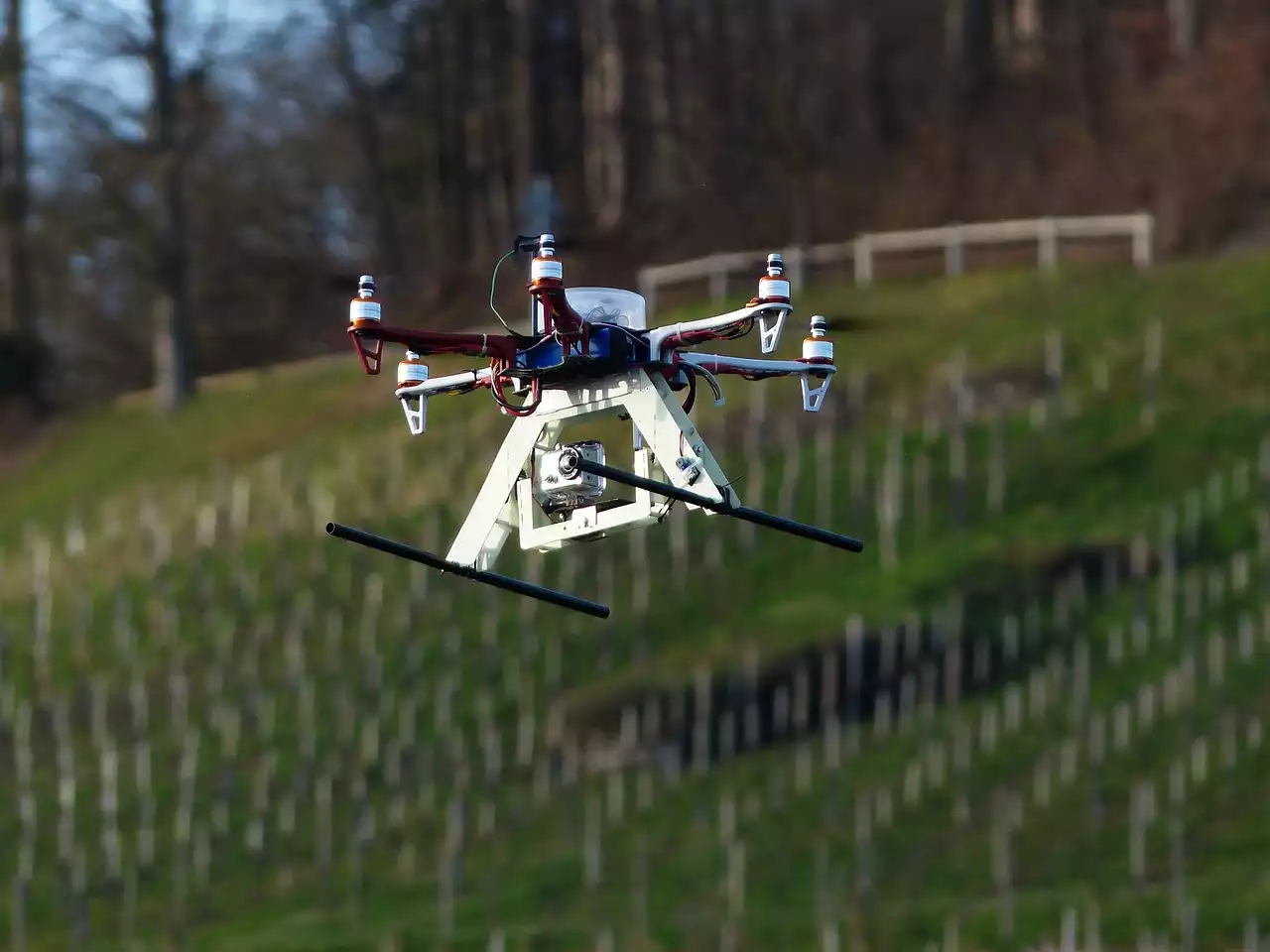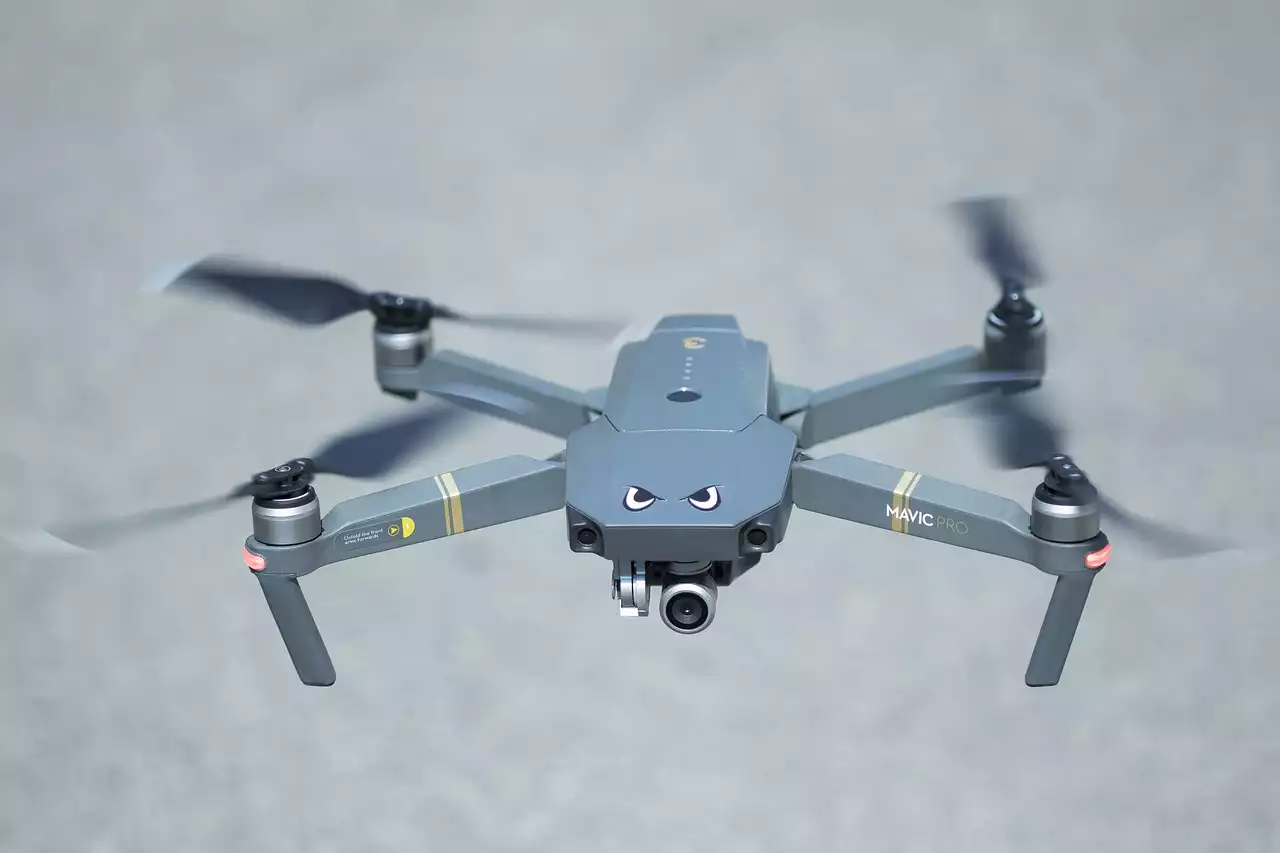What is a multicopter?
A multicopter is a type of unmanned aerial vehicle (UAV) that has multiple rotors. The first commercial multicopters were released in the 1990s, but their popularity did not start to grow in earnest until about 2010, when the technology became more accessible to the general public. Some commercial multicopters may have only one rotor, but they are still referred to as multicopters. A typical multicopter is controlled by a pilot on the ground who uses a remote control to direct the movement of the multicopter. The pilot can also use a video feed to see what the multicopter sees.
How does a multicopter work?
A multicopter has multiple rotors that spin and create lift to propel the aircraft upward. The direction of the rotor blades is controlled by a flight controller, which sends data to the rotors to determine their direction. There are two main types of multicopters: fixed-wing and rotor-wing. A fixed-wing multicopter has several rotors attached to the frame and flies like an airplane, while a rotor-wing multicopter uses its rotors to generate lift for flight. Most commercial multicopters are fixed-wing models that look similar to a small airplane and are controlled by a pilot on the ground. A rotor-wing multicopter has a frame with a horizontal rotor that is used for lift. Multicopters can be used for a variety of purposes from aerial photography to search and rescue operations.
Different types of multicopters
There are three major types of multicopters, which are fixed-wing, rotor-wing, and hybrid.
-Fixed-wing - a multicopter that uses its rotors like wings to create lift and fly like an airplane.
-Rotor-wing - a multicopter that uses its horizontal rotor to create lift, like a helicopter.
-Hybrid - a multicopter that uses its rotors like wings and its horizontal rotor to create lift during flight.
Benefits and uses of multicopters
Multicopters can be used for a variety of purposes. They are often used for aerial photography, but they can also be used for search and rescue operations, delivery services, surveillance, and more. There are many benefits to using a multicopter over a traditional helicopter. First, they are less expensive to purchase and operate. They are also smaller and quieter, making them ideal for photography or areas with noise restrictions. Multicopters are also easier to fly than helicopters and have a larger range, making them ideal for commercial operations where time is of the essence.
Components of a multicopter
-Frame - the structure of the multicopter that holds all of the components together and in place.
-Gimbal - holds the camera and allows it to move freely so that the camera can be pointed in any direction.
-Power system - the system that provides power to the rotors and other components.
-Flight controller - a computer that runs the show and tells each component what to do.
-Radio controller - the remote control that is used to pilot the multicopter.
-Battery - supplies power to the multicopter’s components.
How to build and fly a multicopter
Building a multicopter can be a fun and rewarding process. First, you need to decide what type of multicopter you want to build. There are many different types of multicopters available and each has its own set of advantages and disadvantages. Once you decide what type of multicopter you want to build, you need to determine what components are needed. Then you can order the components and begin building your multicopter. It is important to follow a step-by-step process when building a multicopter so that you don’t miss or overlook any important steps. It is also important to follow the instructions included with your components.
Safety considerations when flying a multicopter
Before you fly your multicopter, there are a few important things to keep in mind that will help you stay safe. First, always make sure to follow the rules and regulations for flying a multicopter in your area. Next, make sure you know how to properly pilot your multicopter and how to use the controls. Lastly, always keep an eye on your surroundings. When you are piloting a multicopter, you cannot see what is going on below you, so it is important to keep an eye out for anything that may get in the way of your multicopter.
Multicopter software and hardware
You can use software to build a multicopter or you can purchase a pre-assembled model. If you decide to use software, you can use a free program like Autodesk AVI or 3D Robotics X-Plane. They are the most commonly used programs for building multicopters. For those who would like to purchase a ready-made model, there are a number of options.
Popular brands of multicopters
There are many companies that produce multicopters, including DJI, Parrot, Airborne Robots, and EHANG.
Resources for learning more about multicopters
There are many online resources to help you learn more about multicopters. You can start by reading up on the different types and what each type of multicopter is best suited for. You can also read about the various components of a multicopter and the best practices for building one. Now that you know what a multicopter is and how it works, you can start building your own and flying like a pro!
